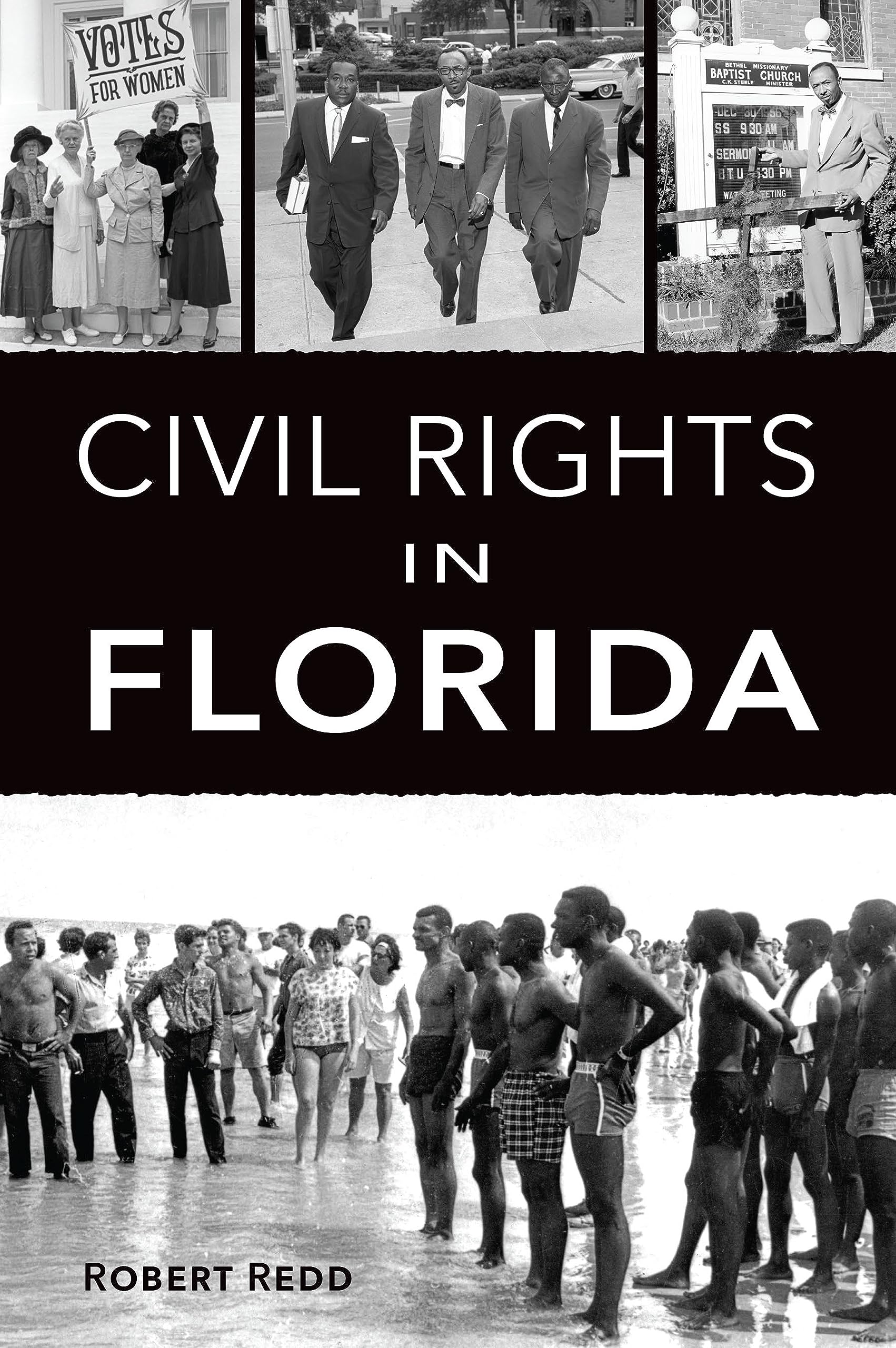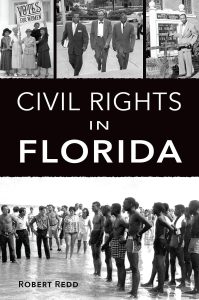
Lady Rebels of Civil War Missouri is a new release from Arcadia Publishing. Learn more about this book in my post below.

 Wood, Larry, Lady Rebels of Civil War Missouri. Charleston: Arcadia Publishing. 2022. 154 pages, 129 pages of text. Bibliography, notes, index, b/w photos. ISBN 9781467150095, $23.99.
Wood, Larry, Lady Rebels of Civil War Missouri. Charleston: Arcadia Publishing. 2022. 154 pages, 129 pages of text. Bibliography, notes, index, b/w photos. ISBN 9781467150095, $23.99.
Thank you to my good friends at Arcadia Publishing for providing a complimentary review copy. A more detailed review will be forthcoming.
Although war was traditionally the purview of men, the realities of America’s Civil War often brought women into the conflict. They served as nurses, sutlers, and washerwomen. Some even disguised themselves as men and joined the fight on the battlefield. In the border state of Missouri, where Southern sympathies ran deep, women sometimes clashed with occupying Union forces because of illegal, covert activities like spying, smuggling, and delivering mail. When caught and arrested, the women were often imprisoned or banished from the state. In at least a couple of cases, they were even sentenced to death. Join award-winning author Larry Wood as he chronicles the misadventures and ordeals of the lady rebels of Missouri.
You may review other blog posts related to Arcadia Publishing by clicking HERE.
To learn more about the military role of Missouri in the Civil War I recommend The Civil War in Missouri: A Military History written by Louis S. Gerteis. 
This post may contain affiliate links. If you click these links and make a purchase, I may receive a small commission. This commission does not affect any price that you pay. All views and opinions provided are my own and are never influenced by affiliate programs or sponsors providing products.
To keep up with some of the best current writing on the Civil War, I strongly recommend a subscription to Civil War Monitor I have subscribed for several years and the content is always top notch. Every other month you will get articles written by some of the most knowledgeable historians in the field. These articles are not written for academics but rather for a broader audience. The book reviews will guide you to some of the best in Civil War scholarship from a variety of academic and trade publishers. Click the link or image below for exclusive savings.
Civil War Monitor
from: Magazine Values

 Join me at the New Smyrna Museum of History on Thursday, February 8, 2024, at either 4:30p or 6:30p for a discussion of my newest book, Civil Rights in Florida. Admission to the museum and talk are free for members, or $8 for future members.
Join me at the New Smyrna Museum of History on Thursday, February 8, 2024, at either 4:30p or 6:30p for a discussion of my newest book, Civil Rights in Florida. Admission to the museum and talk are free for members, or $8 for future members.


